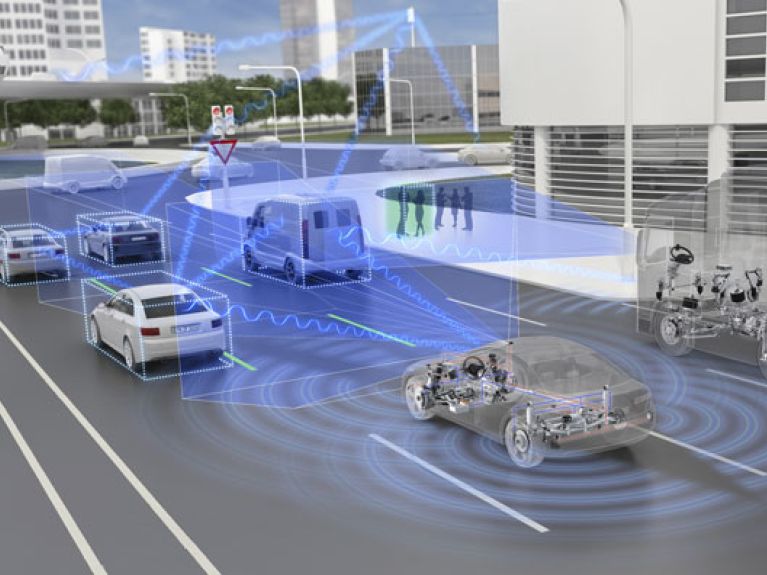Brave new world
The first applications using the new super-technology 5G will be shown at the CeBIT 2017 in Hanover.

Germany. Experts have calculated that more than 100 billion things will be networked by 2020. From coffee machines to driverless cars, autonomous robots and entire power plants. The Internet of Things is becoming a reality – thanks to the new 5G mobile communications standard, which offers not only completely new possibilities in mobile communications, but also in the networking of things. A 100-times-higher data rate than today, a 1,000-times-higher capacity, and access times of less than a millisecond are needed, for example, to make automated driving possible at all, because communication with the transport infrastructure, other vehicles and pedestrians in real-time is a fundamental prerequisite for safety. The first applications – such as a driverless shuttle service – can be seen at the CeBIT 2017.
Test field in Berlin
South Korea (supported by Samsung) is planning to introduce 5G at the Winter Olympic Games 2018, CeBIT partner country Japan at the Summer Games 2020. Huawei is driving the development in China, AT&T in the USA. And Germany? In 2016, the Fraunhofer Institute FOCUS and the ÖFIT (Public IT') competence centre, together with Deutsche Telekom and Nokia, announced the development of 5G test field at Ernst Reuter Square in Berlin. "This means the German capital will take a leading position in the global competition between digital cities," said Cornelia Yzer, until recently Berlin's Senator for Economics, Technology and Research. Germany has a special role to play in the global development of the new super technology, "because there is a lot of know-how here on applications, for example in the automotive and production fields," say the Fraunhofer researchers.

